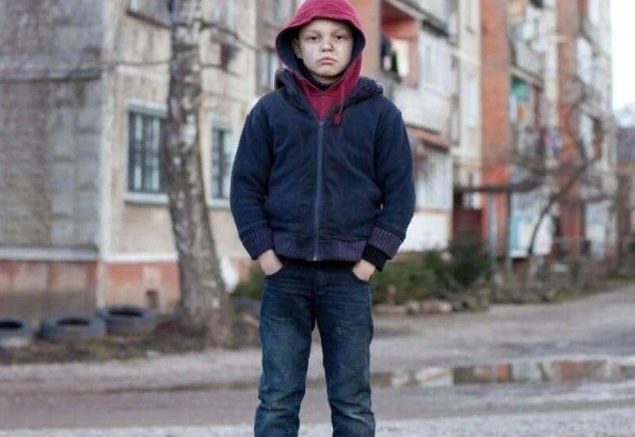According to a February data brief issued by the US Centers for Disease Control and Prevention National Center for Health Statistics, 10.8% of children lived in households that were food insecure in 2019 and 2020.Heidi Ullmann, Ph.D., of the National Center for Health Statistics in Hyattsville, Maryland, and colleagues used data from the 2019 to 2020 National Health Interview Survey to describe the percentages of children aged 0 to 17 living in food-insecure households over the previous 30 days based on sociodemographic and family characteristics.
During the months of 2019 and 2020, the researchers discovered that 10.8% of children lived in households that had experienced food insecurity in the previous 30 days.
Non-Hispanic Black children had a larger percentage of children living in food-insecure households than Hispanic children, and both had a higher percentage than non-Hispanic White children (18.8, 15.7, and 6.5 percent, respectively).
Children with disabilities were more likely than children without disabilities to live in food-insecure households (19.3 versus 9.8 percent ).
The percentage of children living in households experiencing food insecurity varied according to urbanicity.
Family variables such as family structure and the number of children in the household were found to be linked to household food insecurity.
The authors state, “Access to sufficient and nutritious food is an important social factor of health.” “As a result, gaps in food insecurity may contribute to health disparities among children. Information on food insecurity differences may aid in the targeting of interventions to eliminate these disparities and promote better child health outcomes.”





